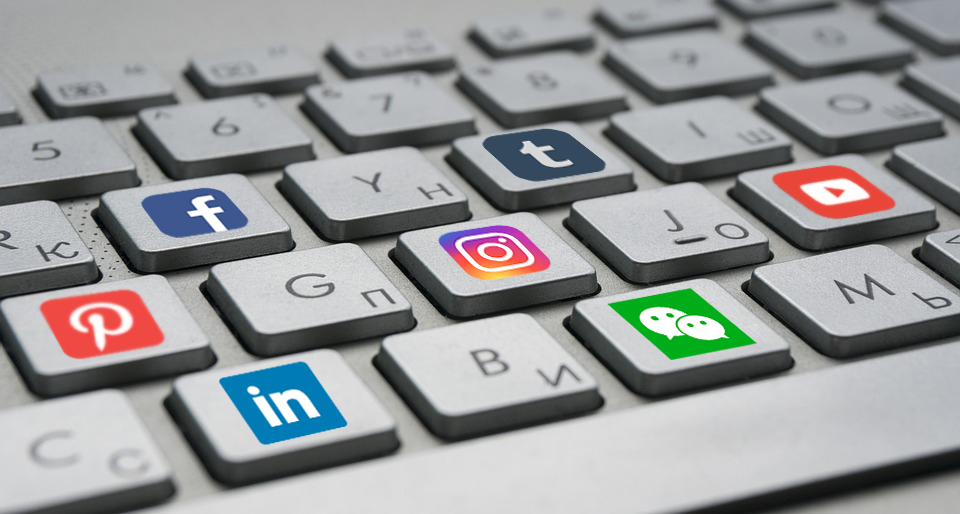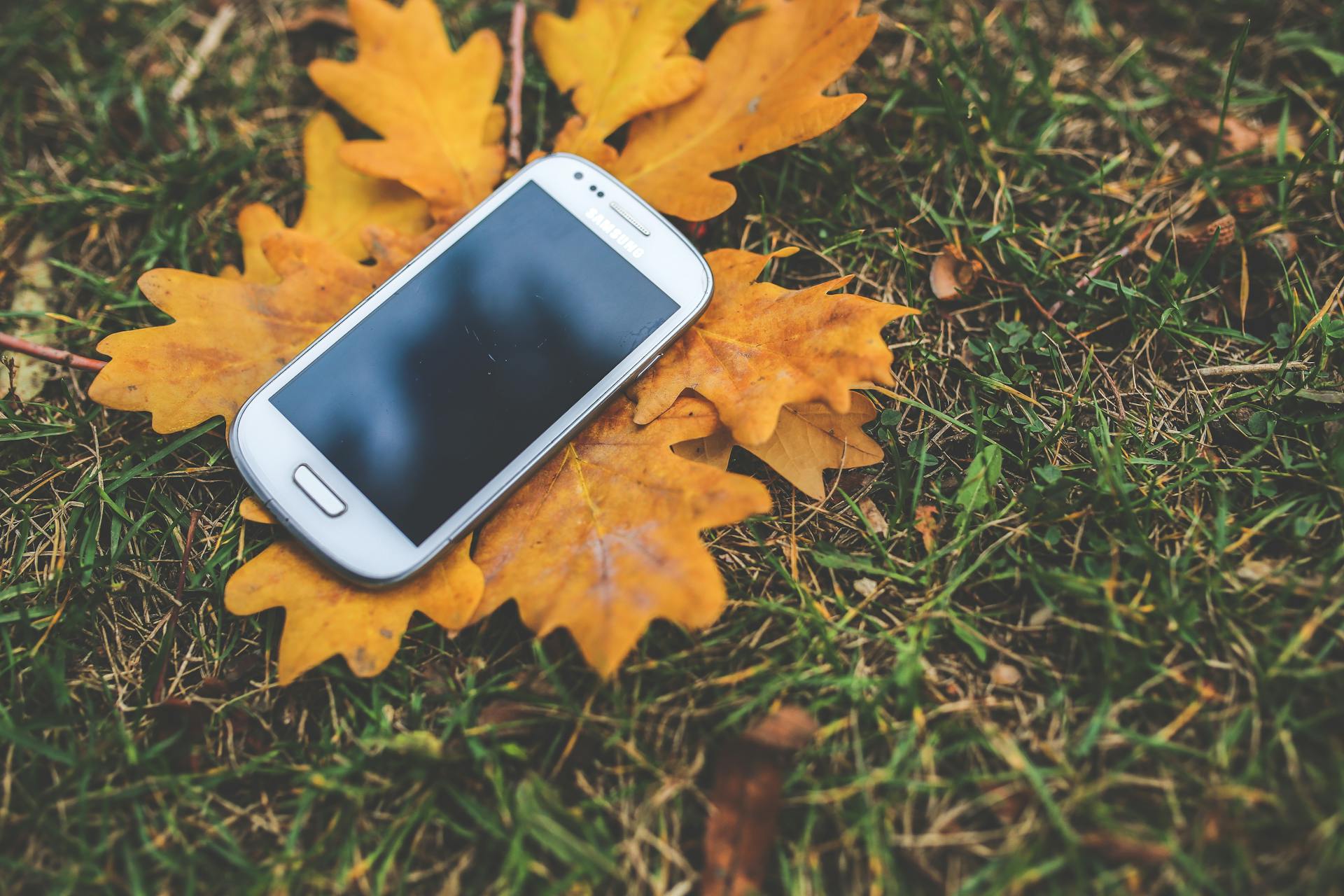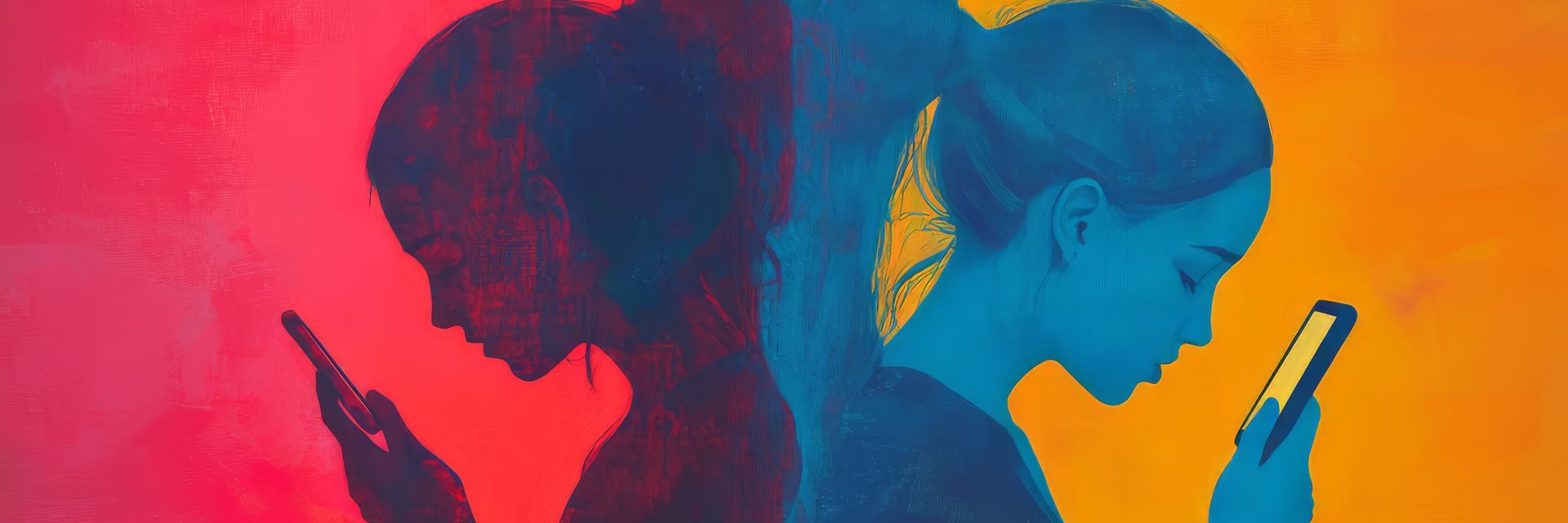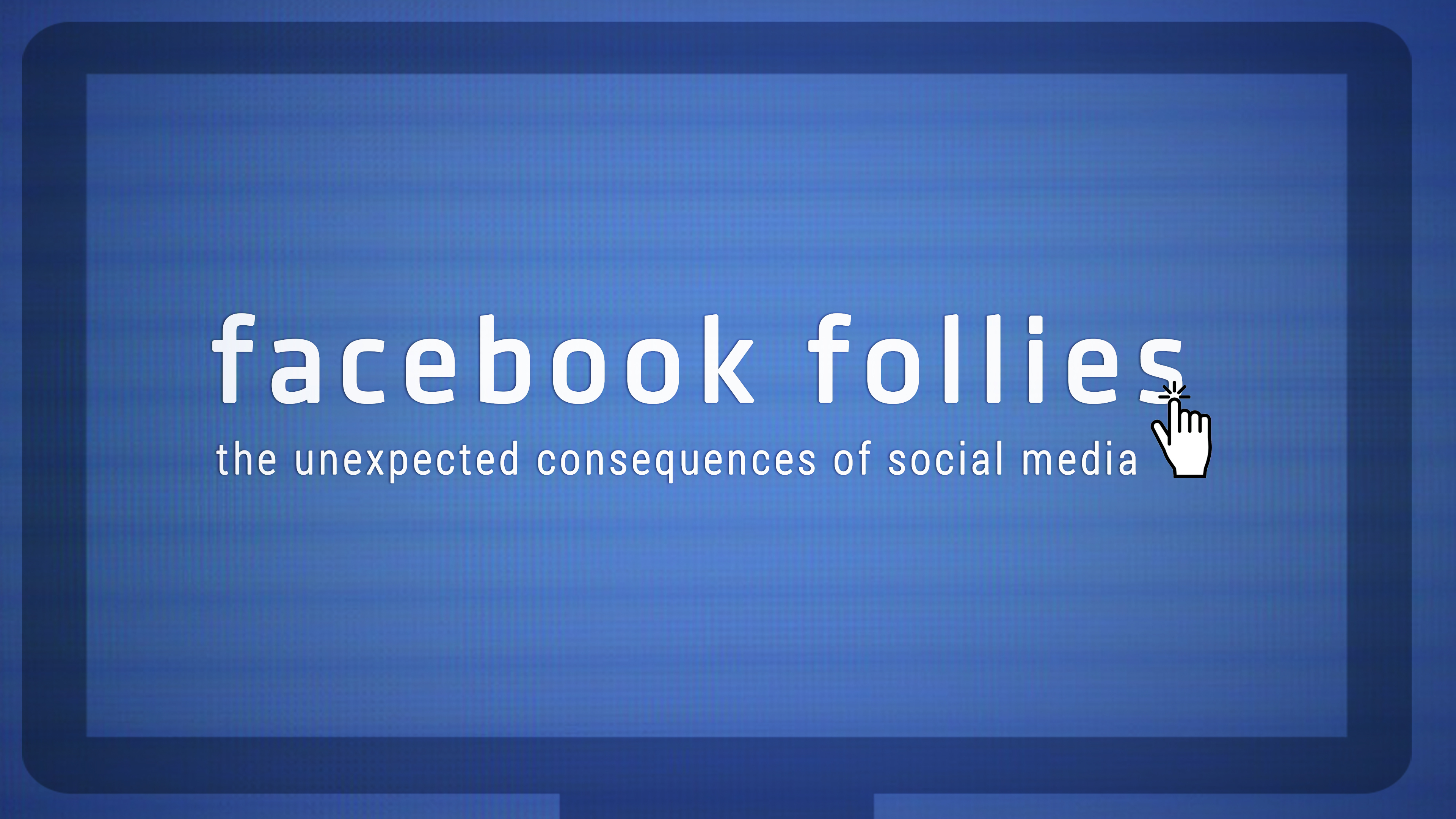Billions of people use social media every day, but it has been linked to addiction and poor mental health. Still, there are ways to make it a force for good.
◊
If you’ve ever opened a social media platform, only to find yourself shocked hours later when you realize how much time has passed, you’re not alone. Scrolling and notifications have become ubiquitous in our modern world, and the reality is that, for many people, social media is the first thing they see when they wake up and the last thing they check before going to sleep.
Today, an estimated 63.9 percent of the world’s population is on social media, and the average person spends over two hours per day on one platform or another. Different demographics tend to spend time on different sites, but one thing is clear: The majority of humans are at least somewhat active on social media.
In recent years, more and more concern has emerged about the potential negative effects of this new, never-ending source of information and entertainment. Many studies have backed up these concerns, revealing that social media can destroy attention spans, self-esteem, and overall mental health, especially in young people. Still, social media usage remains as unchecked as ever, and because of this, many people are starting to push back, taking steps to reclaim their time, attention spans, and well-being.
It’s not likely that social media will ever completely go away, but there are definitely ways to manage our relationships to it so that we control it, rather than it controlling us. One place to start is understanding just how social media works on our brains.
When you finish this thoughtful article, check out Facebook Follies for another perspective on social media.
The Science of Social Media Addiction
In her book Dopamine Nation: Finding Balance in the Age of Indulgence, Stanford University psychiatrist Anna Lembke explores the role of dopamine in our relationships to social media algorithms. “The smartphone is the modern-day hypodermic needle,” she writes, “delivering digital dopamine 24/7 for a wired generation.”
Dopamine is a neurotransmitter and complex hormone that is released in our brains when we do anything pleasurable, from buying new clothes to chatting up a cute stranger. Originally, back when humans lived in caves, dopamine was necessary for our survival because it helped motivate us to find food, mates, and shelter in a world of scarcity. Today, though, a desire for dopamine plays a key role in addiction, as substances like opioids and nicotine flood the brain with doses of dopamine that are far higher than anything daily life can usually provide.
Many of us are using social media as our drug of choice, and we unwittingly give ourselves constant dopamine spikes via our favorite app’s bright colors, lights, notifications, sounds, and endless array of quick, easily digestible entertainment. Unfortunately, when the brain becomes accustomed to dopamine spikes, its baseline level of dopamine lowers, leaving us in a chronically dopamine-depleted state. Eventually, excessive dopamine exposure can decrease the brain’s ability to experience pleasure at all.
 Staring into the digital vortex (Credit: mikoto.raw, via Pexels)
Staring into the digital vortex (Credit: mikoto.raw, via Pexels)
Today, social media’s countless opportunities for connection and endless stream of shocking and entertaining content can make it difficult to look away from our screens. Social media is perfectly addictive because of the constant dopamine hits it provides. After all, social media connects us to two of the most attention-grabbing, dopamine-inducing sources known to humankind: novelty and connection. Likes, notifications, and videos with eye-grabbing hooks offer unlimited amounts of attention-sucking content that can keep us scrolling all day long.
Unsurprisingly, constant social media use can lead to a sense of overwhelm and exhaustion, and many studies have shown that excessive social media consumption can result in a drastic drop in attention spans, which can lead to more errors and a phenomenon sometimes called “popcorn brain,” in which our minds jump from one subject to another without the ability to really focus on any one thing at all.
Social media addiction, like any addiction, can also lead to sleep disruptions, irritability, isolation and loss of relationships, loss of opportunities due to excessive time spent online, and, of course, poor mental health.
Just How Bad Is Social Media for Mental Health?
It’s clear that social media takes a lot of time and attention, but science suggests that it can take a serious toll on mental well-being. Studies have shown that social media can cause low self-esteem, depression, and anxiety, especially in teens. A 2020 study found that 44 percent of all Internet users in the United States said they’d experienced harassment online.
Additionally, social media has been linked to poor body image and unhealthy weight control methods thanks to its endless barrage of images of people using filters or other editing methods. Constantly viewing others’ lives on social media can also lead to feelings of inadequacy and FOMO, or “fear of missing out,” which can reduce productivity while contributing to anxiety, insecurity, and unsurprisingly, more social media addiction.
Today, some people and organizations are fighting back. In 2023, over two dozen states sued Meta, accusing its platforms of violating consumer protection and child safety laws. The suit is still ongoing. Meanwhile, in 2023, then-Surgeon General Vivek Murthy published an advisory about social media’s effects on youth mental health and advised that a Surgeon General’s Warning be placed on all social media platforms.
 (Credit: Today Testing, via Wikimedia Commons)
(Credit: Today Testing, via Wikimedia Commons)
However, not all studies are conclusive on social media’s effects on mental health. Some studies have found that social media can sometimes actually have positive effects on mental well-being, particularly when it’s used to access information about dealing with health conditions or when it’s used to make beneficial connections.
This raises another important question: Is social media inherently bad, or are its destructive consequences merely connected to the algorithms we’ve been letting run the show? And if that’s the case, is it possible to consciously create a healthier social media experience?
Taking Back the Algorithm: How to Use Social Media For Good
Just as it’s not possible to curate a perfect life, it’s not possible to ensure a completely positive social media experience. Most social media sites rely on algorithms that elevate eye-catching content and throw in random posts no matter how hard you try to curate your feed. These platforms are all designed to keep you scrolling, and so they will always show you more of what you’re going to spend time looking at, not more of what’s good for you.
Still, social media can also be beneficial, particularly for people from specific or marginalized communities. Everyone from people with chronic illnesses to queer people, artists, and activists have found rare and transformative connections online, often leading to networks of support online that wouldn’t have ever existed without the digital sphere. Social media can also sometimes help combat loneliness, and “routine social media use may compensate for diminishing face-to-face social interactions in people’s busy lives,” writes Harvard researcher Mesfin Awoke Bekalu.
Though it can be addictive and dangerous, social media can also connect people from across the world by allowing unprecedented levels of communication, crowdsourcing, and sharing. It’s here to stay, and fortunately, there are ways to design your experience online to maximize social media’s positive sides while minimizing its most harmful effects.
 (Credit: Karolina Grabowska, via Pexels)
(Credit: Karolina Grabowska, via Pexels)
Here are some ways to improve your relationship to social media:
-
Consciously choose whom to follow. First, unfollow accounts that don’t make you feel good about yourself, and block ones that are actively destructive. Then, try making a concentrated effort to follow people and organizations who inspire and nourish you.
-
Engage with what you want to see. Take some time to think about what you’re looking for from your social media usage. With this in mind, you might then consider which platforms and communities provide that, and choose to spend more time on them. You might also make an effort to interact with content you do want to see while quickly scrolling past or blocking content you don’t want on your feed.
-
Pause before opening an app. When you enter a social media site, you might first take a moment to ask yourself why you’re opening it and what you hope to find there. If you’re simply looking for distraction or entertainment, that’s fine, but you might instead take some time to self-soothe or care for yourself in another way.
-
Find ways to make social media less tempting. You might do this by turning off notifications, deleting social media apps or hiding them in folders, or even turning your phone’s color settings to grayscale, which some research suggests could make your phone slightly less addictive.
-
Set screen time limits. It might be useful to download a screen time app or to set screen time limits on your phone. If you’re really struggling with screen time, ask a friend to set a screen time limit using their passcode so that you won’t be able to override it.
-
Take regular digital detoxes. Whether that’s a week away at a retreat or an hour out in nature without your phone, a little (or a lot) of tech-free time can make a huge difference by allowing your dopamine levels to reset.
-
Avoid your phone when waking up and going to sleep. Many studies suggest avoiding social media and technology on the whole before bed, as this can lead to insomnia, and using social media first thing in the morning can lead to decreased focus throughout the day, so carving out phone-free time in the morning and evening seems like a good idea.
The Future of Social Media: Is It in Our Hands?
Despite social media’s positives, some people are still choosing to leave it entirely. A 2022 New York Times story focused on a group of teens who planned phone-free social events and called themselves the Luddite Club. Today, the kids are in college, and most of them are still staunchly off social media. Meanwhile, some parents are insisting on taking action against social media, such as Mothers Against Media Addiction. Many tech CEOs like Mark Zuckerberg and the late Steve Jobs also set strict screen-time limits for their children.
Ultimately, though, the data shows that social media use isn’t really in decline. For better or for worse, social media is a part of life now, and it’s up to all of us who still spend time scrolling to decide what that means.
While social media may not be going away, it is changing. Many social media sites are becoming more shopping-focused and ad-heavy, leading some people to move away toward smaller groups and specific forums. Additional change is likely to come as AI leads to more personalization, making paying attention to what you’re engaging with even more important. And new laws might restrict some aspects of social media, while novel algorithms and apps might make it even harder to resist.
So, in our ever-changing digital environment, we can decide what we want our own social media experience to look like – or let the algorithms, and the whims of our dopamine-driven subconscious minds, decide for us.
Ω
Eden Arielle Gordon is a journalist based in New York. Her work has been published in Slate, Atlas Obscura, Success Magazine, and Self, and she was formerly an assistant editor at Vox Media’s Popsugar. An avid world traveler, she is also a singer-songwriter and poet, and her debut poetry collection, Prisms, was published in 2024.
Title Image source: Adobe Stock


